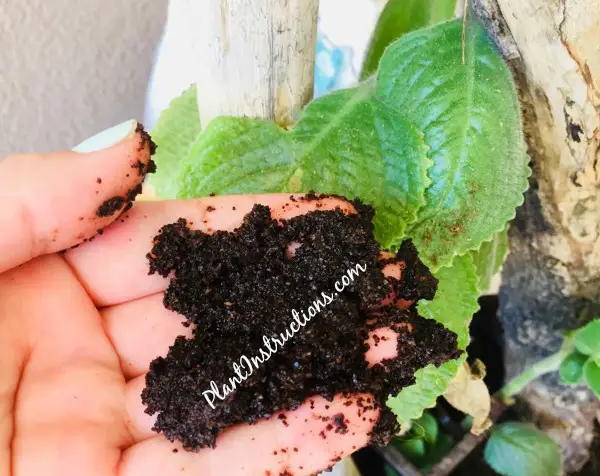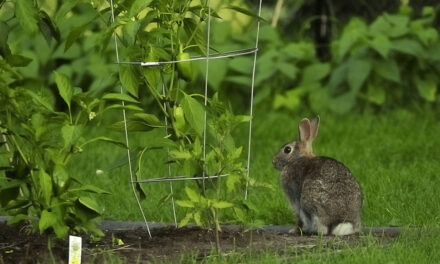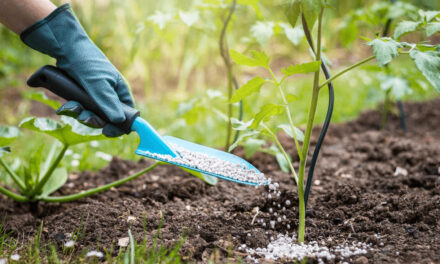Composting is a great way to reduce waste, improve soil quality, and promote healthy plant growth. Coffee grounds are a popular material for composting, as they are rich in nitrogen, a nutrient that is essential for plant growth. If you're a coffee lover and want to learn how to compost using coffee grounds, this blog post is for you. In this article, we'll go over everything you need to know about composting with coffee grounds, including the benefits, the process, and some tips and tricks to make the most out of your compost.

The Benefits of Composting with Coffee Grounds
Before we dive into the process of composting with coffee grounds, let's take a look at some of the benefits of using coffee grounds in your compost:
- Rich in Nutrients: Coffee grounds are a rich source of nitrogen, which is a vital nutrient for plant growth. Nitrogen helps plants produce chlorophyll, which is responsible for their green color, and aids in the formation of proteins, which are essential for cell growth.
- Promotes Soil Health: Coffee grounds can help improve soil quality by adding organic matter to the soil. This can help improve soil structure, increase water retention, and promote the growth of beneficial microorganisms.
- Reduces Waste: By composting coffee grounds, you can reduce the amount of waste that ends up in landfills. Coffee grounds are a common waste product, and by composting them, you can turn them into a valuable resource for your garden.
The Process of Composting with Coffee Grounds
Now that you know the benefits of composting with coffee grounds, let's take a look at the process.
- Collect Coffee Grounds: Start by collecting coffee grounds. You can do this by saving your used coffee grounds at home, or by asking your local coffee shop for their leftover coffee grounds. Be sure to only collect coffee grounds and not the paper filters or tea bags.
- Add Carbon-rich Materials: Coffee grounds are high in nitrogen, but they need carbon-rich materials to balance them out. You can add materials such as dried leaves, shredded newspaper, or cardboard to your compost pile.
- Layer the Materials: Once you have your coffee grounds and carbon-rich materials, you can begin layering them in your compost bin or pile. Start with a layer of carbon-rich materials, then add a layer of coffee grounds. Continue alternating layers until your compost pile is about 3 feet high.
- Keep the Pile Moist: Coffee grounds can dry out quickly, so it's important to keep your compost pile moist. You can do this by watering the pile occasionally or by adding moist materials such as fruit and vegetable scraps.
- Turn the Pile: To help speed up the composting process, you should turn the pile regularly. This helps mix the materials and allows for better aeration. You can use a pitchfork or compost turner to turn the pile.
- Wait for the Compost to Mature: Composting with coffee grounds can take anywhere from a few months to a year, depending on the conditions. When the compost is mature, it should be dark, crumbly, and have a rich earthy smell. You can use the compost in your garden or for indoor plants.
Tips and Tricks for Composting with Coffee Grounds
Now that you know the process of composting with coffee grounds, here are some tips and tricks to help you make the most out of your compost:
- Don't Overdo It: While coffee grounds are a great source of nitrogen, adding too much can create an imbalance in your compost pile. Aim for a ratio of 25-30 parts carbon-rich materials to 1 part coffee grounds.
- Use Fresh Grounds: Fresh coffee grounds are better for composting than used
- coffee grounds that have been sitting around for a while. The fresher the coffee grounds, the more nitrogen they contain, which can help speed up the composting process.
- Mix with Other Materials: Coffee grounds can be acidic, so it's important to mix them with other materials to balance the pH. You can add materials such as eggshells or lime to help balance the acidity.
- Avoid Composting with Moldy or Rancid Coffee Grounds: Moldy or rancid coffee grounds can attract pests and create a foul smell in your compost pile. Be sure to only compost fresh coffee grounds.
- Consider Vermicomposting: If you're short on space or want to compost indoors, consider vermicomposting with coffee grounds. Vermicomposting uses worms to break down organic materials, and coffee grounds are a great food source for worms.
In conclusion, composting with coffee grounds is a great way to reduce waste and improve soil quality. By following the process outlined above and implementing some of the tips and tricks, you can turn your coffee grounds into a valuable resource for your garden. So the next time you make a cup of coffee, remember to save your grounds for composting!


















